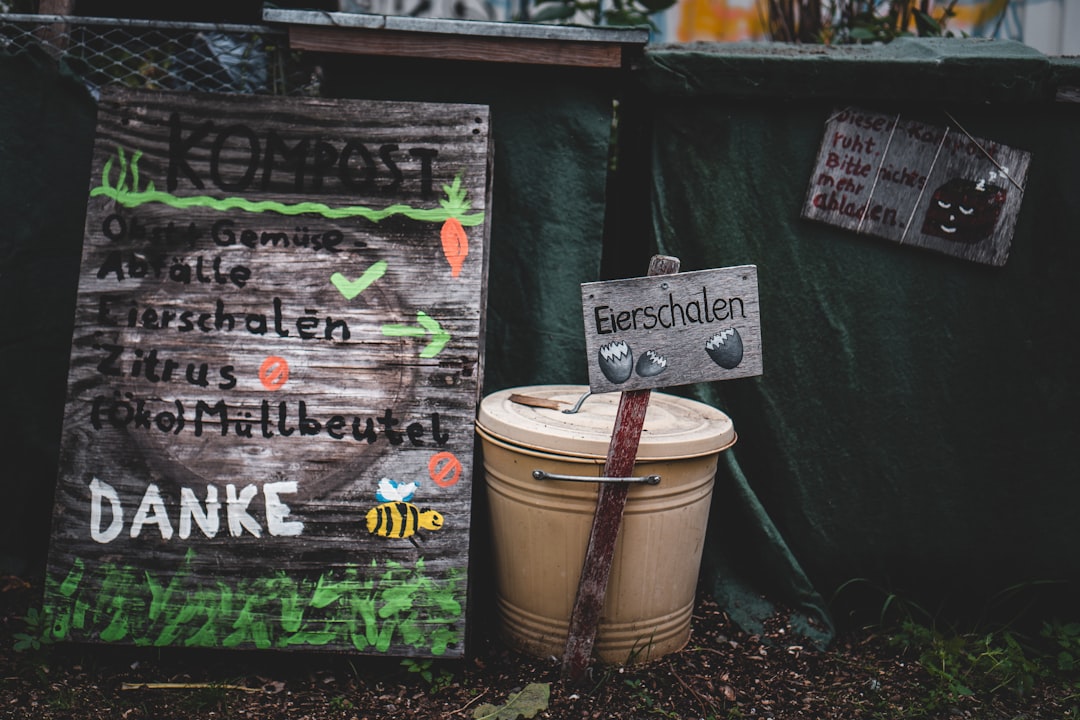Composting is an age-old practice of turning organic waste into nutrient-rich soil amendments. With the increasing global focus on sustainability, composting has become a vital solution for reducing landfill waste and promoting circular resource use. Depending on your needs and available space, there are various composting methods to explore. Let’s dive into the most popular composting techniques and their suitability for different contexts, from backyard bins to large-scale systems.
1. Backyard Compost Bins: Simple and Accessible
Backyard composting is an ideal solution for households with a small garden or outdoor space. Compost bins are easy to set up and maintain, offering a controlled environment for organic waste breakdown. Common materials for backyard composting include:
-
Kitchen scraps: fruit and vegetable peels, coffee grounds, and eggshells.
-
Garden waste: grass clippings, dried leaves, and small branches.
How it works:
-
Combine "greens" (nitrogen-rich materials) and "browns" (carbon-rich materials) in a balanced ratio.
-
Turn the pile regularly to aerate it and speed up decomposition.
Benefits:
-
Reduces household waste.
-
Produces compost for personal use in gardens and landscaping.
Global Perspective: Backyard composting is popular in suburban areas worldwide, from American neighborhoods to urban gardens in Europe.
2. Worm Composting (Vermicomposting): Perfect for Indoor or Small Spaces
Worm composting uses red wigglers or other composting worms to break down organic matter. This method is ideal for urban dwellers or those with limited outdoor space, as it can be done indoors.
How it works:
-
Set up a worm bin with bedding material (shredded paper, coconut coir).
-
Add organic waste in small amounts for worms to consume.
-
Harvest nutrient-rich worm castings after a few months.
Benefits:
-
Produces high-quality compost quickly.
-
Space-efficient and odor-free when maintained properly.
Global Perspective: Vermicomposting is widely adopted in urban areas, especially in countries like India and Japan, where space constraints are common.
3. Sheet Composting: Simple and Low-Tech
Sheet composting involves spreading organic material directly on the soil surface or digging it into the ground. Over time, the materials decompose and enrich the soil.
How it works:
-
Spread plant-based waste like crop residues, leaves, or straw evenly over the soil.
-
Allow decomposition to occur naturally, or till the materials into the soil.
Benefits:
-
Minimal labor and setup required.
-
Improves soil fertility and structure directly.
Global Perspective: This method is commonly used in rural farming areas worldwide, from rice paddies in Asia to small-scale farms in Africa.
4. Large-Scale Composting Systems: Meeting Industrial and Municipal Needs
For communities and industries producing large amounts of organic waste, large-scale composting systems are essential. These systems include windrow composting, aerated static piles, and in-vessel composting.
How it works:
-
Windrow Composting: Organic waste is piled into long rows and turned periodically for aeration.
-
Aerated Static Piles: Waste is placed in piles with air pumped through them to accelerate decomposition.
-
In-Vessel Composting: Waste is composted in enclosed containers, allowing precise control over temperature and moisture.
Benefits:
-
Processes large quantities of waste efficiently.
-
Can accommodate food, yard, and industrial organic waste.
Global Perspective: Large-scale systems are widely used in cities like San Francisco, which has a citywide composting program, and in European countries like Germany, where composting is integral to waste management policies.
Choosing the Right Method for Your Needs
The right composting method depends on your specific needs, space availability, and the amount of organic waste you generate:
-
For small households: Backyard bins or vermicomposting.
-
For gardeners and farmers: Sheet composting or larger backyard systems.
-
For urban areas and industries: Large-scale systems.
Regardless of the method, composting plays a crucial role in reducing waste and improving soil health globally. Start small, and you’ll soon see the benefits of turning waste into a valuable resource. Let’s compost for a sustainable future!

Comments
No comments yet. Be the first to comment!
You must be logged in to comment. Login